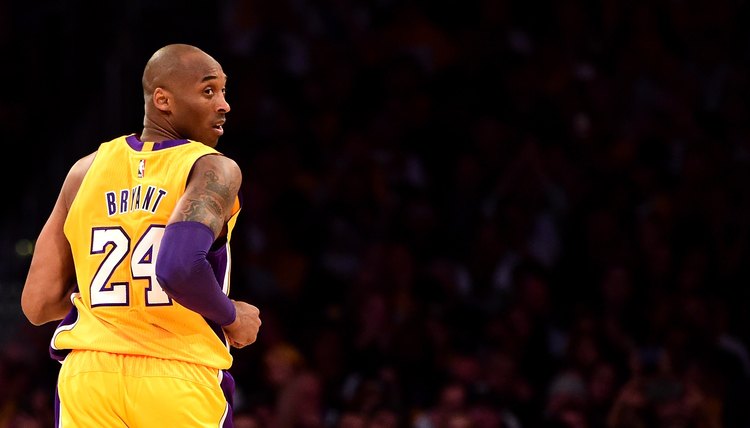Basketball Positions And Their Roles

At any given point in a basketball game, each team has five players on the court, and these five players are given a position that reflects their role on the team. The five traditional basketball positions are as follows:
- Point Guard; also known as the ‘1’
- Shooting Guard; also known as the ‘2’
- Small Forward; also known as the ‘3’
- Power Forward; also known as the ‘4’
- Center; also known as the ‘5’
In recent years, the versatility of different players has made these positions less defined in terms of what they can and cannot do, but they generally have the same characteristics and roles on their teams.
Point Guard
Point Guard- the point guard position is often referred to as the most difficult to play, which results from the many responsibilities that a point guard has at all times:
- Be a team’s best ball handler and floor general
- Use a high basketball IQ to assist in creating scoring opportunities for teammates
- Have the ability to score points from lane, mid-range, and 3-point line
- Contain the opposing team’s point guard and create steal and turnover opportunities
Notable point guards in NBA history
- Magic Johnson
- John Stockton
- Oscar Robertson
- Stephen Curry
- Chris Paul
Shooting Guard
Shooting Guard- the shooting guard position has become more critical than ever as the game of basketball has grown offensively in recent years. Shooting guards share some dribbling responsibilities with point guards, but their main role is to be a scorer of the basketball; more specifically, the main responsibilities of shooting guards include:
- Possess a skillset that includes both mid-range shots and three-point shots
- Ability to create shots for themselves in the half-court
- Capable of defending the other team’s best shooter
Notable Shooting Guards in NBA history
- Michael Jordan
- Kobe Bryant
- Dwyane Wade
- Allen Iverson
- James Harden
Small Forward
Small Forward- the small forward position is typically played by the most athletic and versatile players on the team, namely because of the many different responsibilities they have:
- Capable of scoring on all levels, including from mid-range and the three-point line
- Ability to drive the basketball to the hoop for easy layups
- Possess good ball-handling skills to bring the ball up the court if needed
- Be an above average passer who can find teammates
- Fight for rebounds on the offensive and defensive end
- Guard the opposing basketball team’s most athletic players
Notable Small Forwards in NBA history
- LeBron James
- Larry Bird
- Kevin Durant
- Julius Erving
- Elgin Baylor
Power Forward
Power Forward- the power forward position is traditionally played by either the tallest or second tallest player on the team, and their role is one of the most important. Among many responsibilities of power forwards, some include:
- Excellent defensive rebounder
- Strong defender in the post who can prevent easy layups and dunks
- Set screens for the guards
- Defend opposing team’s taller players
- Have the ability to hit jump shots from mid-range and possibly beyond
- Have the ability to post up and play center if needed
Notable Power Forwards in NBA history
- Tim Duncan
- Karl Malone
- Kevin Garnett
- Dirk Nowitzki
- Giannis Antetokounmpo
Center
Center- the center position is played by the biggest man on the court. The center is almost always near the basket, and they fulfill the following responsibilities:
- Consistently make close-range shots
- Fight for offensive and defensive rebounds
- Be a shot blocker around the rim
- Have the ability to hit open shots from close-range and mid-range
- Defend the other team’s big men
Notable centers in NBA history
- Kareem Abdul-Jabbar
- Bill Russell
- Wilt Chamberlain
- Shaquille O’Neal
- Hakeem Olajuwon
References
Writer Bio
Steve Silverman is an award-winning writer, covering sports since 1980. Silverman authored The Minnesota Vikings: The Good, The Bad and The Ugly and Who's Better, Who's Best in Football -- The Top 60 Players of All-Time, among others, and placed in the Pro Football Writers of America awards three times. Silverman holds a Master of Science in journalism from the Medill School of Journalism.
